Abel Goldfarb
“There are many little things that make us who we are…”
Without question one of the most beautiful animated shorts in recent years is Abel Goldfarb‘s IAN, an excellent ten-minute offering that chronicles the problems inherent in a young boy who is confined to a wheelchair. The film was Winner of the Oscar Qualifying Prize at the LA Shorts International Film Festival.
Film and TV Now had the pleasure of interviewing the director about his work.
FILM AND TV NOW: You have a very stylish form of animation that evokes memories of Aardmann and Laika in tone. Tell us about the specifics of the process.
ABEL GOLDFARB: Thank you! Once the main theme and the path of the story was defined, we began to work so that each one of the elements added up to the general concept of inclusion and integration to which we were aiming, from the most structural level to the smallest detail.
We planned a combination between Stop Motion and CGI. This union of different universes and labor forces allowed us to enrich from both fields. There is something about the collage that I always love, but the concept of it seems to be perfect for this particular story.
We physically constructed Stop Motion sets, which allowed us to create a lot of details playing with elements from different universes, which mixed together to grow into new forms, new shapes and a new meanings for it, for example, screws becomes benches, guitar strings, lanterns, disposables trays, hills, among many other things.
Then we shot the background for every single frame, with and without character references, and with and without each prop on it so we can work later in compositing it with CGI.
The CGI characters allowed us to play with things that were really hard to make in stop motion, like the main concept of the little pieces that the characters we made of out of. The idea is that there are many little things that make us who we are, and those things such as values, decisions, situations and links also give us the possibility to change, redefine, grow and modify ourselves. helping us to evolve or making us take a step back. Making this pattern repeat in each one of the characters, even if they look different or come from different backgrounds, works as a factor that reveals that we are unified on a more essential level. The things that unite us are much more significant that what divide us. As humans, we all have the same essence.
Finally Juan Elías has the difficult work of being in charge of blending together those different universes into a unique and organic esthetic. Making everything coexists harmoniously and empowering each other, as the main theme of the film aims to.
FTVN: How long did it take to produce this particular short and is it your debut work?
AG: The entire process took about a year and a half . This is not my first work as a director, I´ve been making music videos and advertising but mainly live action. But this is my first fully animated film.
FTVN: The film certainly highlights the issue of disability and finding it difficult to belong somewhere, which seems to be the key theme. How did you come up with the concept?
AG: Actually, the real Ian and his Mother Sheila were the ones that started everything, and opened our eyes. Sheila, came to the studio, and told us about the difficulties that Ian have to struggle every day. And Gastón Gorali co-founder of MUNDOLOCO CGI thought that it was the kind of story that could go very well with my type of sensibility.
Sheila told us that when he first attended a rehabilitation center, kids at an elementary school across the street would mock him from behind their school fence as he entered or left. Their attitude inspired her to act. But, rather than fight ignorance with violence, Sheila wrote a book,” The Gift,” which shows a typical day of a family with a child who has a disability. Every time a kid made fun of Ian, she gave them a book. She always says that it was amazing the positive impact it had on them.
She wanted to turn “The Gift” into a short film to reach a bigger audience, and we all agree it was a fantastic idea. With Gastón, we noticed that while the “The Gift” described Ian’s common day and gave the readers an idea about his difficulties, for the short, would be better to go back to the original situation that motivated the creation of the book, it was more powerful to connect emotionally with Ian´s feelings through that journey. From there we played with the metaphorical freedom of animation to give it a more profound meaning.
FTVN: You mention over the end credits about ‘Ian’ and his inspiration. Please tell us more about this person and why he is so, so special.
AG: Ian was born with cerebral palsy. Sadly he has suffered discrimination and bullying several times. But this young boy and his mother are very determined and won’t give up easily.
They were a huge source of inspiration and motivation for the whole team during the entire project. We faced quite a few difficultes (e.g. the budget wasn’t enough to cover the needs, the enthusiasm began to diminish and the complications seemed insurmountable) so when things got difficult, connecting with them was vital to remember the essence of the Project. The”IAN” project is more important than any of us individuals. We had the possibility to make a small contribution to a bigger cause. So we had to honor that opportunity with everything we could and more. Fatigue passed away, differences vanish and difficulties seemed milder when you realize that it is for a bigger and meaningful cause.
FTVN: Tell us a bit more about the Argentina animation scene, where it is based and who would you say are the top talents working in the country today?
AG: Actually Argentina has a very long tradition in animation, not many people know that actually the first feature-length animated film ever was from 1917 “El Apóstol” by Quirino Cristiani and it was made in Argentina. Like everything in our country, the animation scene has it´s ups and downs, and usually it is really hard to produce here. But there are a lot of amazing talents working at international first class level.
It would be unfair to make a top talents list, because there are so many. But I´ll take this opportunity to point some of the amazing talents that we were lucky to have on this project.
I´ll have to say that the technical and critical eye of Juan Elias, was a critical element for the visual development of the film.
Mauricio and Marina Vides Almonacid have a deep knowledge of stop motion techniques, and built magnificent pieces mainly from waste.
Pablo Lorenzo, is a very experienced animator, who has been working for many of the biggest studios. And Pablo worked with Matias Marek who produces amazing work.
I have to say that another key element on the team came from a position that people usually undervalued from the artistic point of view, Our line producer Sergio Fernandez has a unique talent and he was critical to guarantee that we could finish the film. He has a very deep technical knowledge of all the proceses that let him precisely estimate the difficulties of each process, but with an artistic sensibility that allow him to hear your narrative and esthetic needs and balance the resources in order to help you accomplish your goals in a realistic way.
FTVN: You have a very vivid colour pallet in this film, with rich and bright colours, quite the contrast for a subject that is a little darker than some animation shorts. How did you come up with the style and composition of the piece?
AG: Well, I´m a big fan of expressionist and fauvist paintings. So I believe that a vivid powerful pallet can also reach for committing intense emotions, I´m thinking of the achievements of Munch or Van Gogh for example. But of course in this case with the team, we decided to go for a less wider and violent range of colors so it would be sweeter and we could have a better control of the image.
But I don´t see ´IAN´ as a dark story, mainly because there is no evil involved. Even when the other kids are pointing out at him, I don’t believe that´s from an evil side of them, rather from the ignorance that they are inversed into. And I think it´s our duty as adults first to recognize our limitations in that field to work on it and help to educate the little ones for a more sensitive, integrated and united society.
I think I can imagine where the question is aiming to, and you are right. This is a more committed topic that the usual animated films may have. But I like to see it as inspirational, it´s an emotional journey, but the kind that brings hope in it. I always try to see the best in people, and I believe that with developing emotional empathy, we could easily relate with others, especially with the ones that have a more difficult situation.
FTVN: Finally, who are your influences in animation and what are your plans for the future?
AG: It´s strange, because I love to see different styles of animation from the Miyazaki to Brad Bird, going through Nick Park or Chuck Jones and all the mayors. But, also learn a lot from watching non- animation directors. I really admire great storytelling, especially when the style comes as a result of the theme of the story. It’s great to see when a director takes the story to the place it needs to go.
At the moment, I am developing a TV series and a feature film, which I hope can be entering in production by next year.


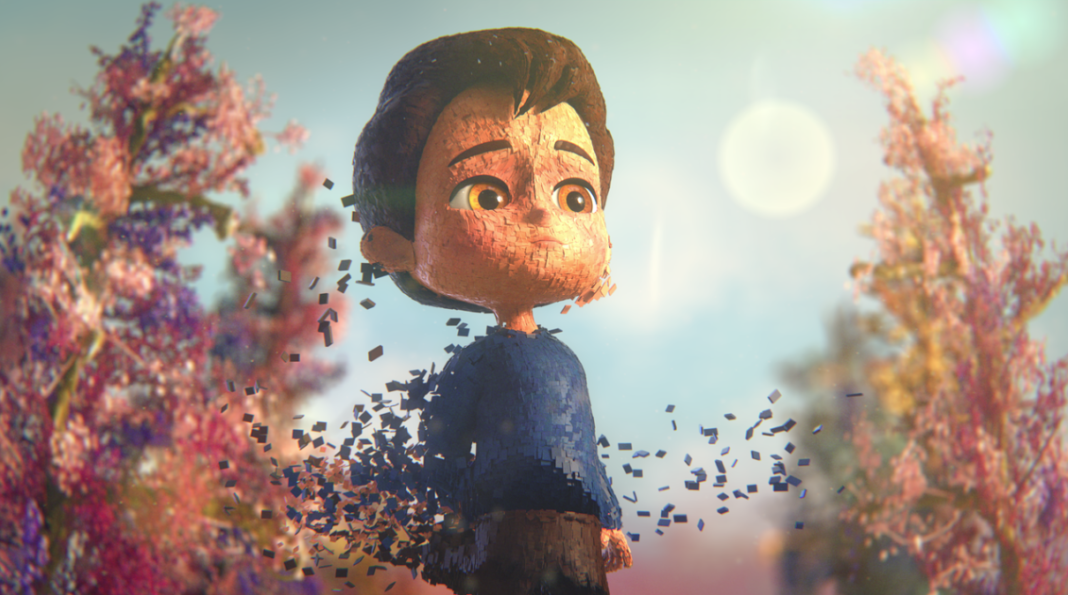
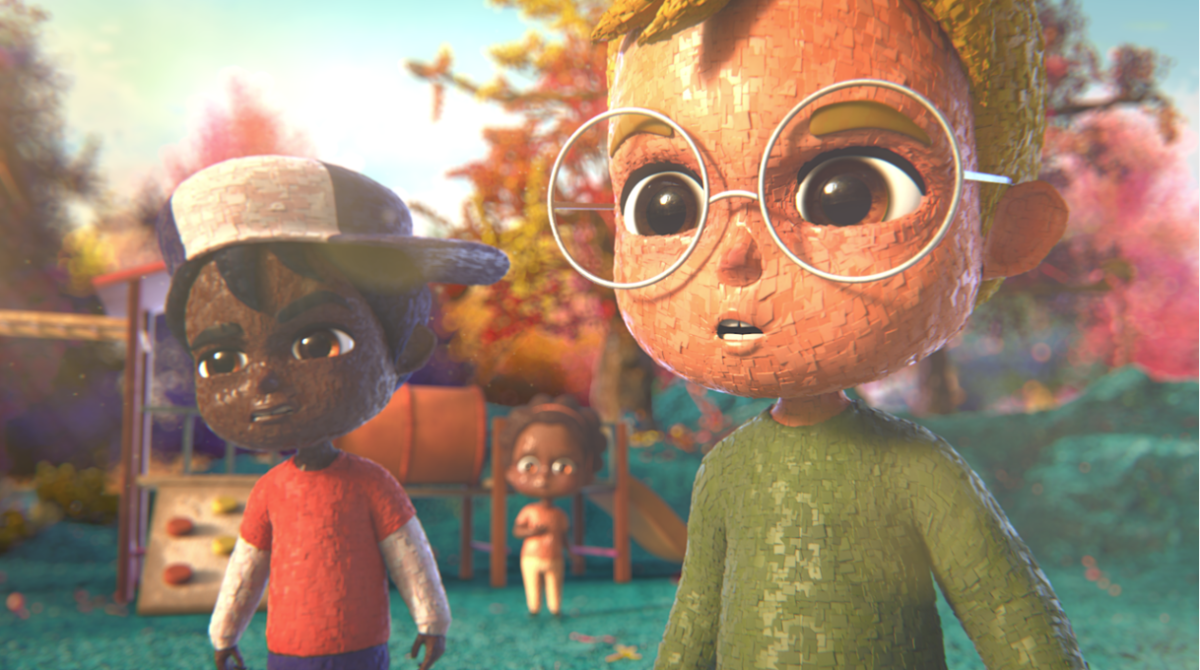
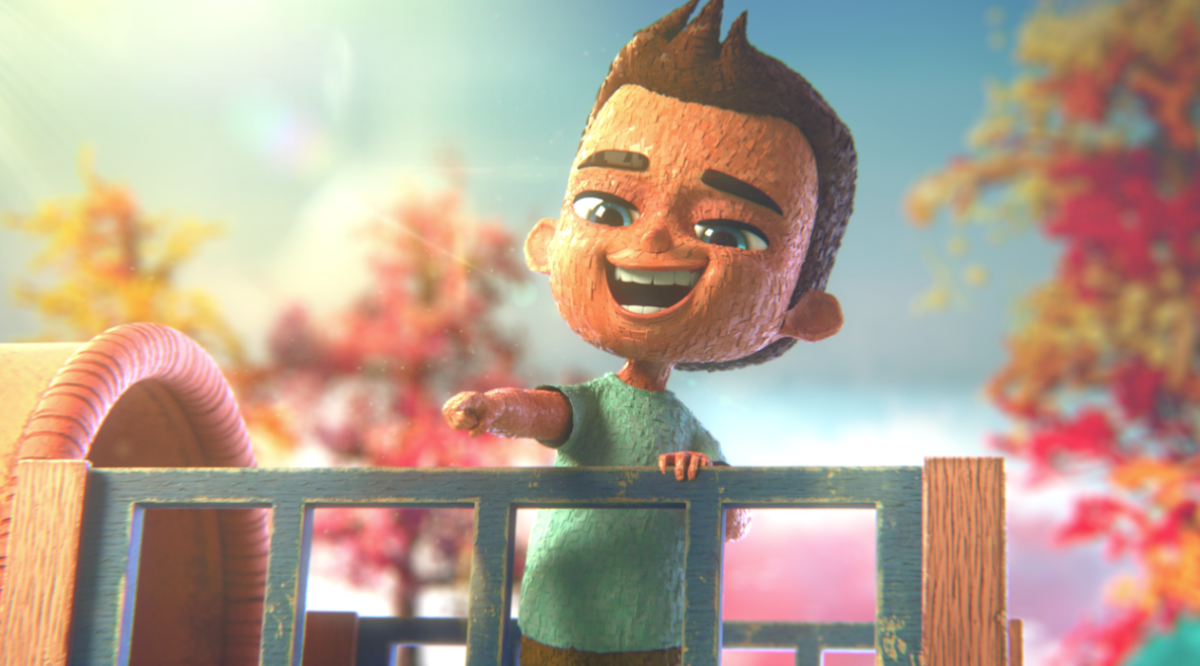
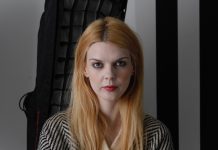

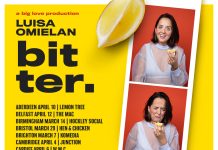
























[…] here to read the interview at Film and TV […]
Comments are closed.